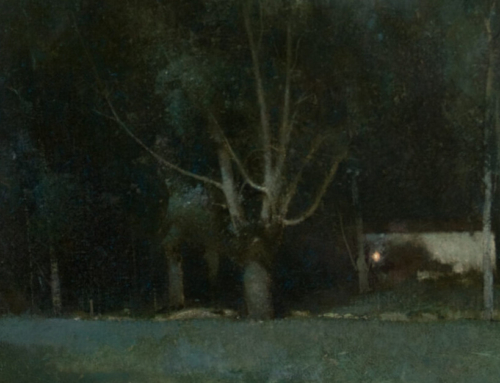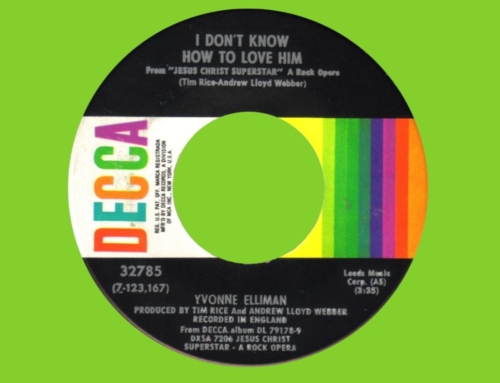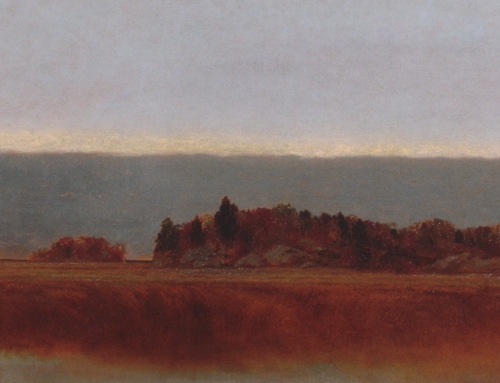There’s something about grotesque things that captivates us. We want to look away, but we can’t. This morbid truth may frighten some, but others have endeavored to face it. One such person is Flannery O’Connor. When reading her stories, you find yourself going back and forth between being entertained and disturbed. But if you give her time and thought, you’ll find yourself to have been enlightened by a master of the grotesque.
According to O’Connor, an author’s creativity is only limited by the content of their literary world, i.e., the world of the story that follows from the author’s worldview. For the Catholic, this world in which they work is Incarnational. It’s concrete and even grotesque, but it’s also imbued with grace. This fact was O’Connor’s bedrock. She didn’t see literary freedom as a license to create a new world. She saw it as the choice to look the world in the eye.
Much like today, the world was a mess during O’Connor’s lifetime. She was surrounded by racism, apathy for commitments, practical atheism, social tensions, and many other issues that are familiar to us as well. Nonetheless, she saw that the reality of the Incarnation was fundamental. God became man, and that changes everything: “The Catholic writer, insofar as he has the mind of the Church, will feel life from the standpoint of the central Christian mystery: that it has, for all its horror, been found by God to be worth dying for. But this should enlarge, not narrow, his field of vision” (“The Church and the Fiction Writer”).
O’Connor recognized that the world is not a fairy tale. She unabashedly exposed its grotesqueness and, at the same time, revealed the grace at work in it. Her writings clearly show that she understood the dynamic of grace and nature: “The fiction writer presents mystery through manners, grace through nature, but when he finishes there always has to be left over that sense of Mystery which cannot be accounted for by any human formula” (Ibid.). In other words, O’Connor knew that what makes the grotesque so captivating is the way God uses it.
O’Connor exposed the flaws of our manners without indulging in moralizing lessons of “Don’t do this or that.” Instead, her stories invite us to search for the mystery of grace. Sometimes it’s hard to recognize this grace because a good man is hard to find. Nevertheless, “the word of God is living and effective” (Heb 4:12). For those of us who can’t see this, O’Connor gets our attention in shocking ways: “To the hard of hearing you shout, and for the almost blind you draw large and startling figures” (“The Fiction Writer & His Country”).
Through her literary shouting and the figures therein, O’Connor reminds her readers that we’re all wayfarers, albeit to different places. Some are on the way to their heavenly homeland; some are not. As displaced persons, we are destined to rise to the heights of heaven. But sometimes, this rising involves more collision than convergence. So, it’s no wonder that O’Connor’s stories can be violent. “I have found that violence is strangely capable of returning my characters to reality and preparing them to accept their moments of grace. Their heads are so hard that almost nothing else will do the trick” (“On Her Own Work”). She’s not saying that grace is inherently violent, but its work in our lives isn’t always pretty. This shouldn’t surprise us since the most exalted source of grace was also the most grotesque, i.e., the cross.
I highly recommend reading O’Connor’s stories. Even if they are shocking, you will recognize something mysterious lying beneath the violence and absurdity. Eventually, you might discover that this mystery is the manifestation of moments of grace. Observing these moments in O’Connor’s stories can help us recognize other moments of grace in our own time and place. We can look beyond the grotesque and recognize God’s grace shining forth from the horizon.
✠
Photo by Ricardo Frantz on Unsplash







